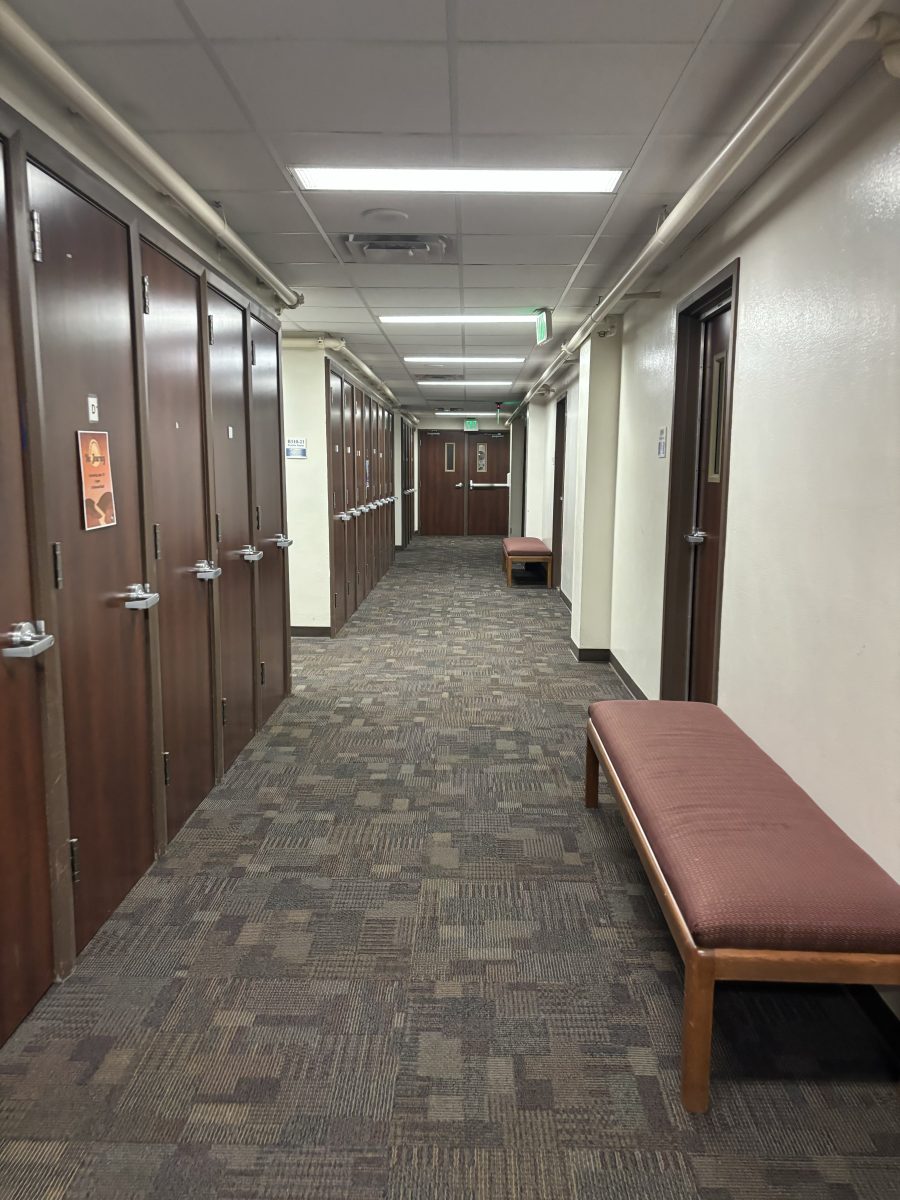Ludwig Van Beethoven composed only nine symphonies in his lifetime, a small number compared to the 41 composed by Mozart and the 104 composed by Hayden. That fact becomes more understandable as we remember his loss of hearing in his 20s and his relatively early death at age 56.
Even so, the symphonies, like most of his compositions, are considered some of the most beautiful and most recognizable musical compositions of all time.
It is rare for an orchestra to perform all nine of the symphonies in sequential order, three centuries after the symphonies were written. The Dallas Symphony Orchestra ambitiously takes on the task as they open the five week Beethoven Festival at the Myerson Symphony Center.
The festival, which opens tonight, is separated into parts because of the lengthy symphonies that could not all be played in one evening. This week’s performances will feature Beethoven’s first and second symphonies.
Like Hayden and Mozart, Beethoven traveled to Vienna to perform his music. Though the classical style of music was beginning to fade, Beethoven kept it alive in some of his piano concerti and his first two symphonies.
In Beethoven’s “Symphony No. 1 in C Major,” which he premiered in April 1800, it was evident to the Viennese audience that he closely imitated the works of his immediate processors, Hayden and Mozart. However, Beethoven distinctively experimented with his own ideas, including involving the greater use of wind instruments. Though the piece was a musical surprise to most who heard it, the response was mostly positive.
It was while he wrote “Symphony No. 2 in D Major” that Beethoven first began to acknowledge his gradual loss of hearing. Written in the same year as his second symphony, Beethoven wrote the now famous “Heiligenstadt Testament” to his brothers, discussing his increasing deafness and other ailments he suffered. After the premiere of the symphony, critics professed the piece had power but was altogether too unconventional.
This week’s first and second symphonies will be conducted by Gilbert Varga, currently one of Europe’s most sought-after conductors.
Varga has conducted many of Europe’s major orchestras including the Munich Philharmonic and Orchestre de Paris. Known for his exemplary baton techniques, Varga has been acclaimed to inspire feeling out of an orchestra that no other conductor could achieve.
Following the performance of the two symphonies, Russian pianist Kirill Gerstein will take center stage during Igor Stravinsky’s “Concerto for Piano and Wind Instruments.”
The piece, written in the early 20th century, is considered neo-classical as it looks back on the works of classical artists and pieces such as Beethoven’s first and second symphonies.
An exhibit on loan from the Ira E. Brilliant Center for Beethoven Studies will feature a lock of Beethoven’s hair that has recently been studied, along with some of Beethoven’s skull fragments, to determine the possibility and degree of lead poisoning that affected his health and personality later in life.
Tickets for each performance range from $17 to $108. Next week’s performance will feature Beethoven’s third and fourth symphonies conducted by Marcus Stenz.
For a complete listing of dates and times for festival performances, visit DallasSymphony.com.








